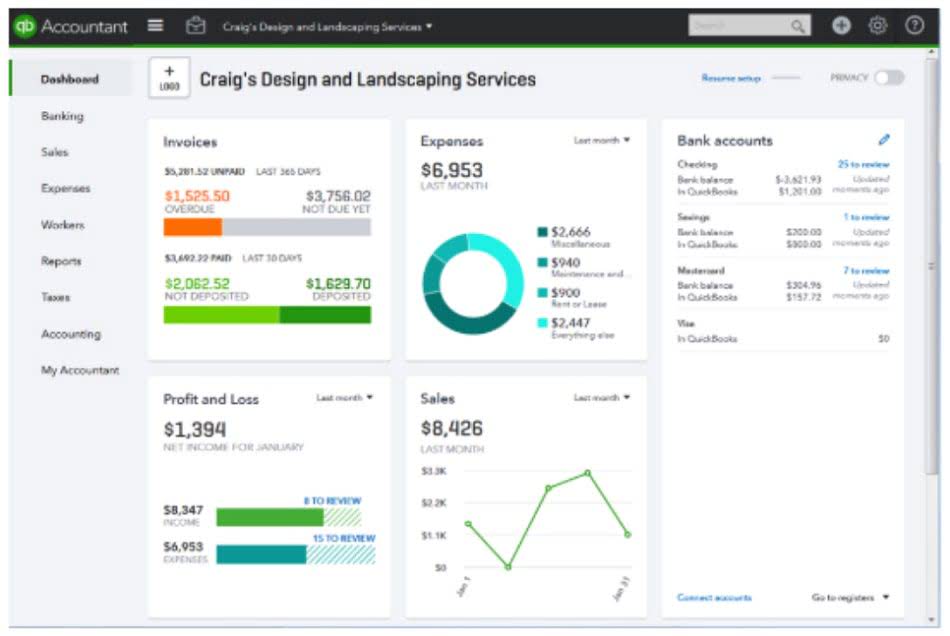
On your financial statements, operating expenses are recorded on the income statement below gross profit, which is calculated as revenue minus COGS. This structure allows stakeholders to evaluate how much it costs to run your core business operations before accounting for other items like taxes or financing costs. Operating expenses directly influence a company’s operational performance, while capital expenditures contribute to long-term growth and asset expansion. A well-managed balance between the two can ensure that a business remains competitive and sustainable in its industry. By examining the relationship between operating expenses and capital expenditures, investors can assess a company’s financial health and potential for future growth. While both capital expenditures (CapEx) and operating expenses impact a company’s financial health, they differ significantly in terms of purpose and tax implications.
What is a Break-Even Point and How to Calculate
- Lower operating expenses can lead to higher net income, assuming revenue remains constant.
- Operating Expenses (OpEx) is a key component of the Income Statement of a company.
- It is important to keep a track of your business’s operating costs and non-operating costs.
- Staying informed about the latest upgrades in technology allows investors to identify potential areas for cost reductions and efficiency improvements, thereby enhancing the value proposition.
- Reducing operational expenses also means effectively managing each revenue dollar to retain more of it as profit.
- For deeper insights, plot expenses against revenue over multiple periods to visualize the relationship.
When executives have clear fixed assets visibility into cost structures, they can make targeted interventions to improve profitability and gross profit. A detailed breakdown of operating expenses reveals opportunities for cost reduction that preserve or enhance value delivery. When finance leaders can clearly differentiate between fixed, variable, and semi-variable costs, they can identify which expenses can be adjusted in response to revenue changes. Companies that maintain flexible budgets based on detailed expense tracking tend to recover from economic downturns faster than those with rigid budgeting processes.

Operating Expenses VS Non-Operating Expenses:

This might involve getting a lower interest rate or more flexible repayment options. This means keeping a close watch on how much debt is taken on and creating a plan to pay it back on time. Operating expenses, often called OpEx, are the ongoing costs that a business faces to keep things running. In essence, they constitute the essential payments required to facilitate the functioning of your business. Operating expenses are usually repetitive in nature and represent the resources needed to make sure the business keeps running smoothly.
Operating Expenses on Income Statements
Once all the operating expenses have been identified, they can be added up to get the total operating expense for the period. The total operating expense is then subtracted from the Financial Forecasting For Startups company’s gross profit to get its operating profit. Here is no specific formula to calculate operating expenses, but as long as you understand how to calculate operating income that reports in the income statement, you can calculate operating expenses.
- They’re not expenses related to things like investing in projects or new equipment.
- That said, management should strive to be more efficient and maintain reasonable levels of operating costs, especially because OpEx is a significant component of the break-even point of a company.
- An e-commerce company with a team of employees responsible for order fulfillment, customer service, and marketing incurs expenses related to employee salaries, benefits, and allowances.
- These ratios are often used by investors, lenders, and stakeholders to assess your business’s financial health and performance.
Capital Expenditures vs. Operating Expenses: An Overview
This resource will help clarify how each type influences your financial statements and strategic decisions. By recognizing that operating expenses are costs incurred through normal business activities, it becomes clear why they are essential for a company to remain competitive and generate revenue. Common examples of operating expenses include rent, salaries and wages, office supplies, repairs, marketing operating expenses efforts, and utilities. A comprehensive understanding of these costs will help businesses manage their finances effectively and make better decisions on how to allocate resources. Operating income shows the profitability of a company’s core business operations without considering financing activities or income tax implications.

A low ratio suggests that the company is effectively managing its operating expenses in relation to its revenue. This can be a positive sign, indicating efficient cost control and the potential for higher profitability. The Operating Expense Ratio (or Operating Expenses to Sales Ratio), is used to assess a company’s efficiency in managing its operating expenses in relation to its revenue.
- Managing operating expenses can help you find wasteful spending and make sure funds are allocated correctly, allowing you to prepare an optimized budget for the next year.
- In conclusion, managing operating expenses effectively is crucial to maintaining operational efficiency, maximizing profits, and remaining competitive within your industry.
- By comparing the income a property generates to its operational costs, investors can discern whether a property is a viable investment and predict the potential returns.
- These encompass various ‘behind the scenes’ administrative tasks that keep a business running smoothly.
- For example, if your company manufactures and sells an unusually large volume of product in one month, you’ll pay a greater amount to ship that product to your client.
- There are several examples where the company has successfully reduced the OPEX to gain a competitive advantage, which has eventually resulted in increased earnings.

Operating expenses consist of different categories that are important to drive business, leading to desired profit growth. Document your findings in a simple tracking tool that allows you to monitor progress and calculate actual savings over time. This documentation creates accountability and helps quantify the value of your expense management efforts. Consider implementing incentive systems that share the benefits of cost savings with the teams responsible for achieving them.